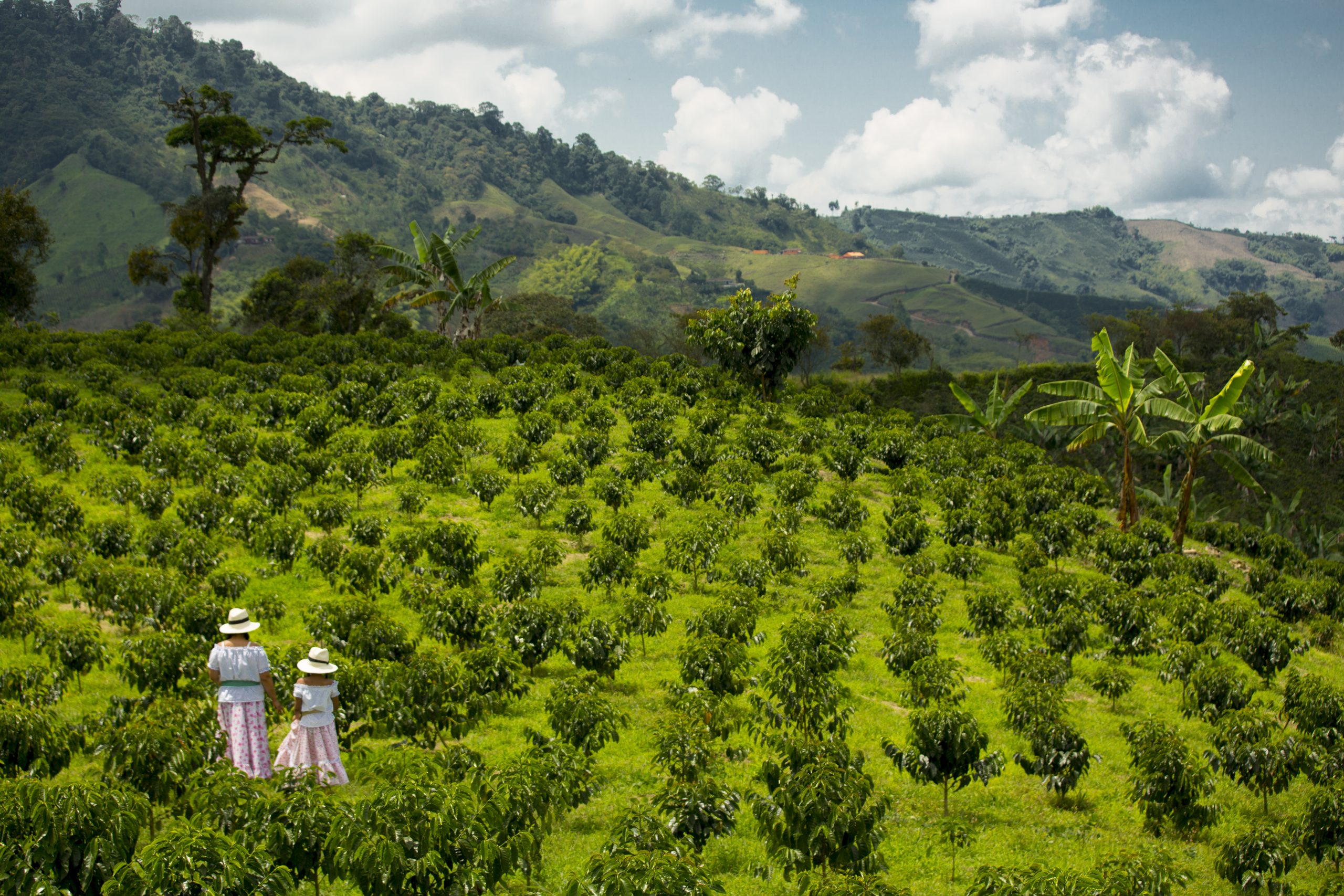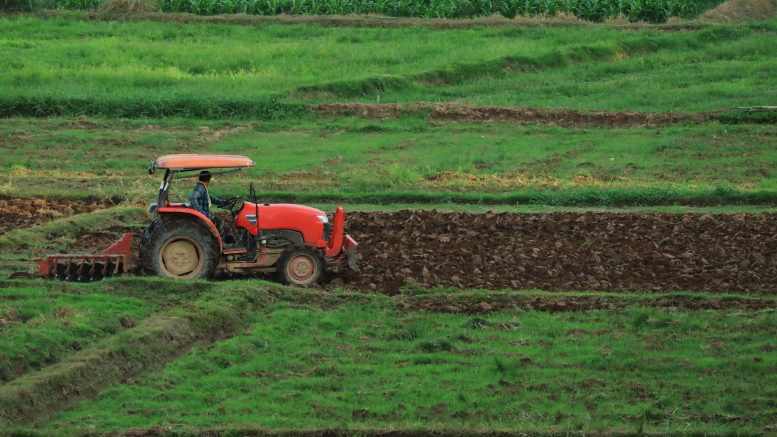“Rural credit in this model is granted on national territory, in the different links of the agricultural and rural production chains, as well as with the respective support and complementary services.”

Ángela María Penagos Concha, president of the Fund for the Financing of the Agricultural Sector – FINAGRO
Ángela María Penagos Concha is the new president of the Fund for the Financing of the Agricultural Sector – FINAGRO.
Conchas is an economist at the Universidad del Valle and has a master’s degree in environmental economics and natural resources from the Universidad de Los Andes.
AgriBrasilis – What is FINAGRO and how does it promote the development of the Colombian rural sector?
Ángela María Concha – It is a mixed-capital national company, constituted as a credit institution, with a special regime, linked to the Ministry of Agriculture and supervised by the Financial Superintendence of Colombia.
Finagro acts as a second-tier entity, that is, it grants funds under promotion of conditions to financial entities, so that they grant credits to productive projects. To facilitate access to financing, Finagro administers programs that add value to productive activity.
Farmers have a portfolio of products and services that promote investment in lines of credit for all inputs needed in the process of agricultural production, transformation, marketing, support services, rural activities and microcredit; FINAGRO support as collateral when acquiring an agricultural loan; resources for micro-entrepreneurs; education; portfolio management; agricultural insurance incentive; forest incentive certificate, a state recognition of the positive externalities of reforestation, promoting direct investment in new forest plantations; agreements with territorial entities and the Venture Capital Investment Fund.
AgriBrasilis – What is the process required for rural farmers to access resources?
Ángela María Concha – Rural credit in this model is granted on national territory, in the different links of the agricultural and rural production chains, as well as with the respective support and complementary services.
The procedure for a farmer to access a credit is as follows:
- The farmer prepares a project, presents it to a financial institution and applies for a FINAGRO line of credit.
- The financial entity evaluates, approves and disburses the credit resources. Subsequently, the order is registered in FINAGRO
- FINAGRO sends the requested amount of funds to the Financial Entity.
AgriBrasilis – How is the fundraising of a second-tier entity like Finagro? How is rural credit granted in this model?
Ángela María Concha – FINAGRO is financed through a compulsory investment resource scheme carried out by credit institutions in Colombia through Agricultural Development Bonds (TDA). According to the country’s legal framework, these credit institutions must maintain investments in TDA to fund the operations demanded by rural farmers.
There are two classes of compulsory investments:
1) Class A TDAs, which finance credits intended for small farmers;
2) Class B TDAs, which provide resources for other types of farmers. These bonds mature in one year and interest is paid quarterly. Banco Agrario de Colombia, as a public bank, is the only financial intermediary that is not required to subscribe to the TDA.
TDAs are the main source of fundraising. Its settlement is based on Resolution 3 of 2000 of the Board of Directors of Banco de la República, and every three months the Financial Superintendence of Colombia (SFC) and FINAGRO determine the amount to be captured. The maturity of these bonds is one year, with quarterly interest payments.
AgriBrasilis – What are the main types of credit demanded by farmers? Which sectors receive the most investment?
Ángela María Concha – Until September 2022, US$ 4.1 million were placed in 370,163 operations, which represents an increase of 1% in value and 4% in number compared to the same period in 2021 (US$ 3.9 million).
With the credit resources granted, the purchase of 378,108 animals and the planting and maintenance of 453,327 hectares were financed. 64% of this amount corresponds to working capital loans, while 28% corresponds to investment and 8% to portfolio normalization. The line of credit that grew the most is working capital, which grew 37% in relation to the same period of the previous year.
The sectors with the highest participation in the value of credit were: Livestock (14%), Sugarcane (9%), Rice (11%), Poultry (8%), Coffee (6%), Dairy Agriculture (5%), Oil palm (5%) and Others (41%).
According to the Indicative Credit Plan for 2022, it is estimated that by the end of the year, US$ 5.7 million will have been placed in FINAGRO programs.
AgriBrasilis – You said that agricultural credit will undergo a structural reform to benefit rural communities. What are these changes?
Ángela María Concha – The change we propose seeks, through a financial (credit, guarantees and insurance) and non-financial (extension, education, training) portfolio, to increase the productivity of the agricultural sector, with sustainability and equity criteria. For this, we will approach a systemic approach in which we will:
– Combining credit with extension, which increases the impact of credit on producers;
– Strengthen Agricultural Insurance and anchor it to credit to improve the risk profile of its farmers and reduce the impact of loss;
– Facilitate the management of agricultural credit from the regulatory and operational aspects;
– Include new actors such as niche banks, cooperatives and microfinance institutions (they favor financial inclusion, especially for small farmers in scattered rural areas of the country);
– Promote the digital transformation of the agricultural portfolio (technological change in the financial sector in the origination, management and repayment of agricultural loans).

READ MORE:

